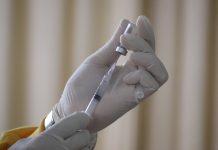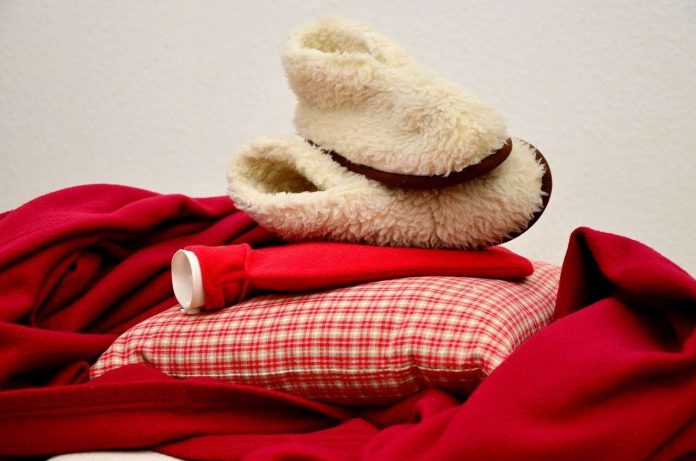Winter has officially arrived and many of us have already dragged out the winter woollies, electric blankets and hot water bottles, so here is a timely reminder about using these products safely.
Commissioner for Consumer Protection Lanie Chopping said a number of winter warmer products may pose a safety risk if they are old, worn or not used properly.
“As with any product, but particularly products that could cause scalds or burns, consumers should always follow the user guide or instructions carefully,” Ms Chopping said.
“Electric blankets, hot water bottles, heat (or wheat) packs are just some items used regularly in winter that can pose a risk.
“For example, each year more than 200 people in Australia are treated for serious burns caused while using hot water bottles.
“Use hot tap water and not boiling water from the kettle to fill your hot water bottle and replace the item it as soon as it starts to look cracked or worn.
“If using wheat bags or other heat packs, check that they come with clear heating instructions attached to the product and allow them to cool completely before reheating.
“If you notice a burning smell, you’ve probably overheated it so allow the wheat bags to cool down completely then dispose of it.
“Always check electric blankets for signs of wear and tear before use and seek advice from your health practitioner before using one if you are pregnant or have diabetes.
“Every year there are multiple admissions to hospital emergency departments of children suffering burns from their clothing catching fire from an open heat source. Even children’s clothing and nightwear with a ‘low fire danger’ label is still flammable, so always keep children away from fireplaces and heaters where there is a risk of their clothes coming into contact with the flame.”
Consumers can check if a product has been recalled for safety reasons by visiting Product Safety Australia. Find winter safety tips on the Consumer Protection website or visit Product Safety Australia.



































